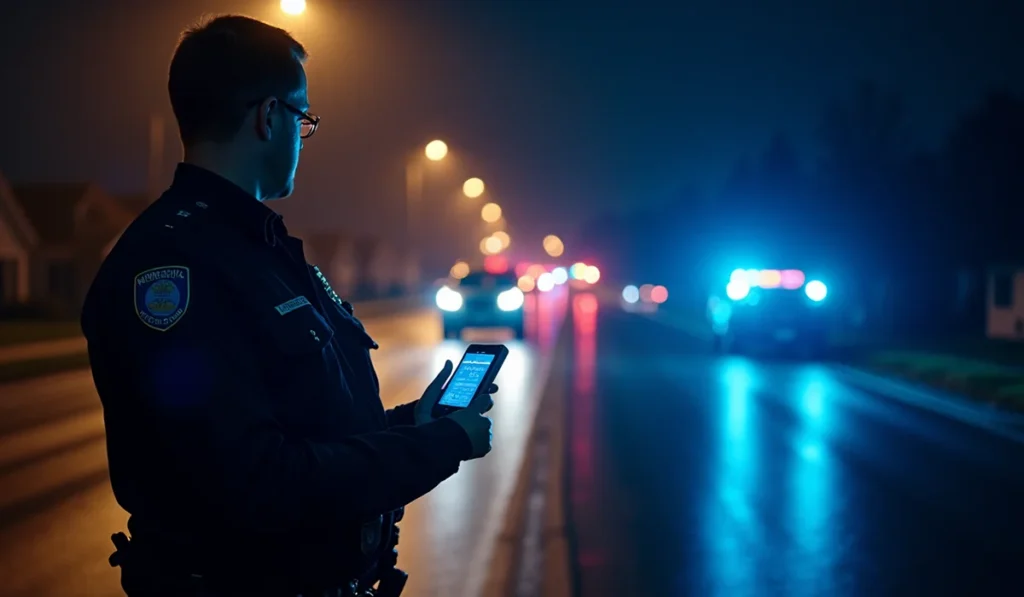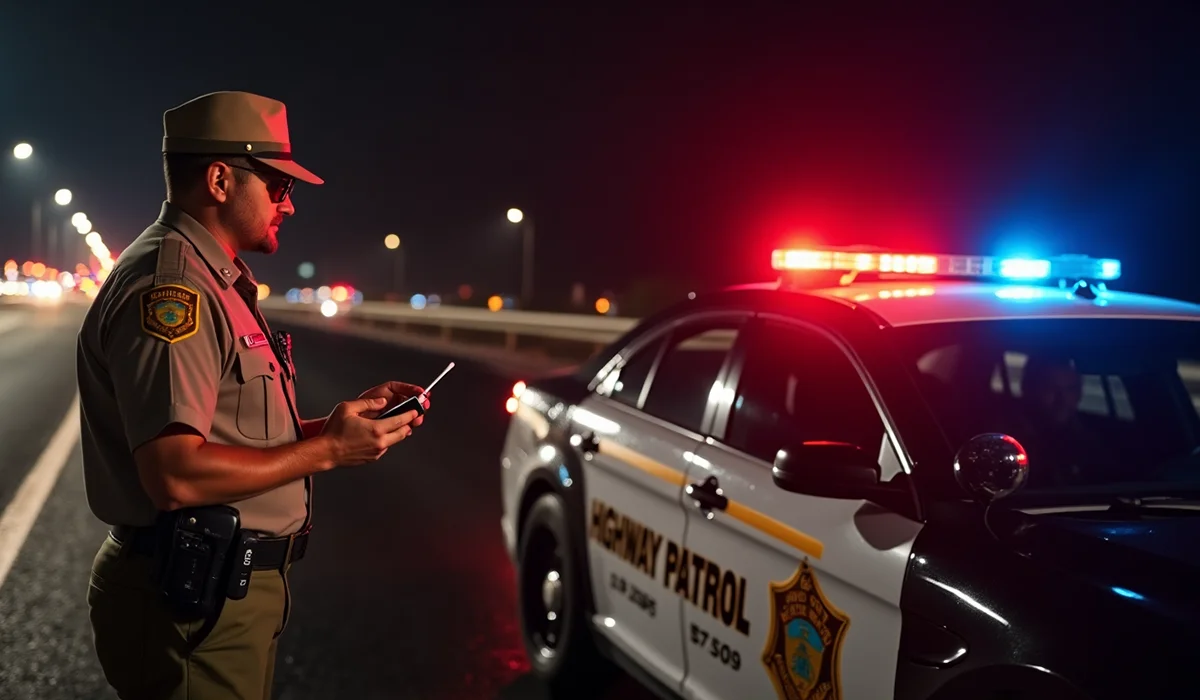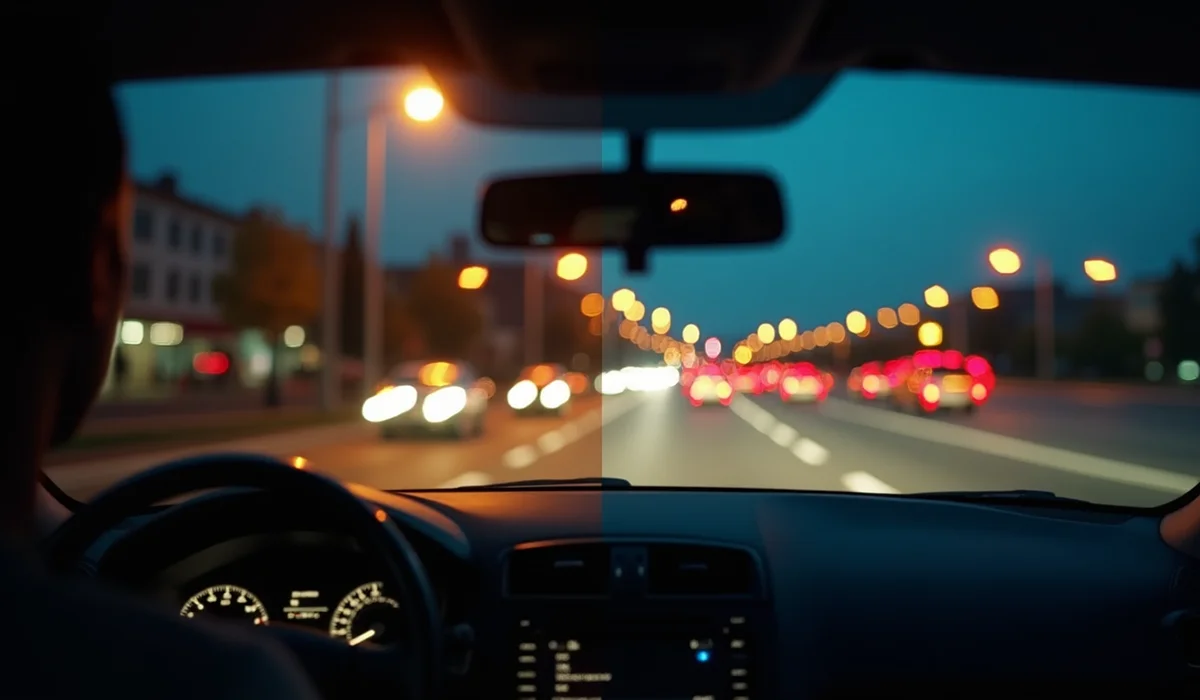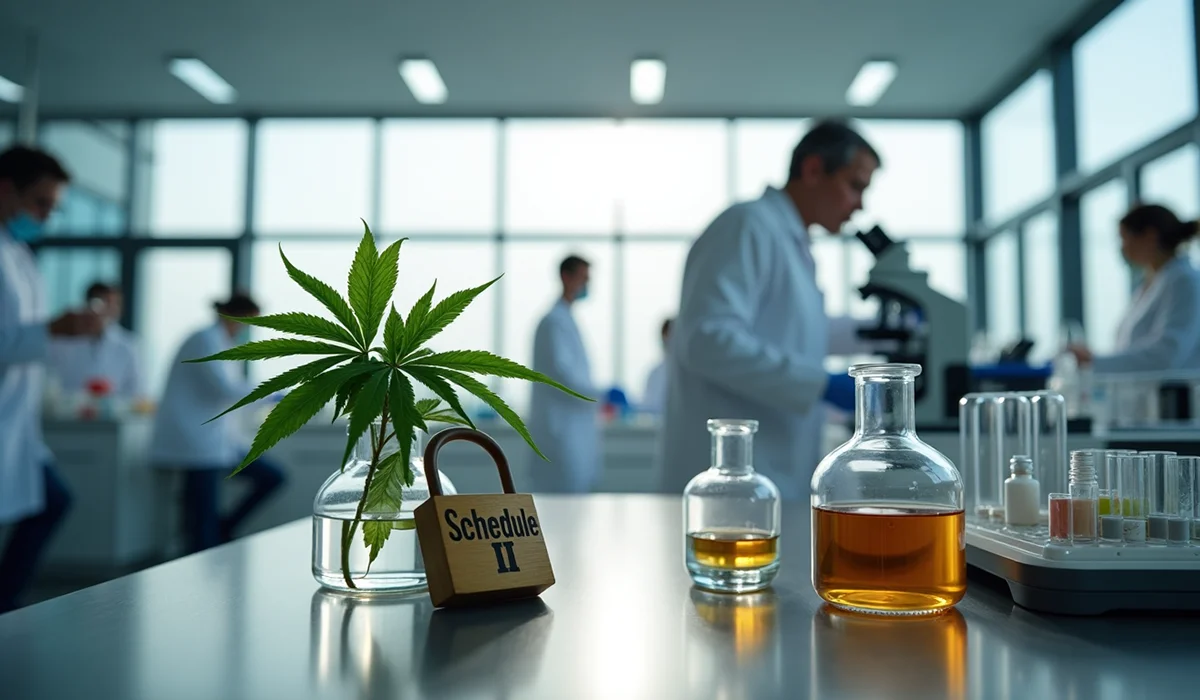Recent roadside drug tests have revealed a disturbing trend among Minnesota’s drivers – 87% of suspected impaired motorists tested positive for drugs. The results paint an even more concerning picture: out of 268 tested drivers, more than 62% had multiple substances in their system.
Law enforcement agencies throughout the state have stepped up their efforts to tackle this issue head-on. Police officers from 41 agencies in 36 counties now use advanced oral fluid testing devices. These tools can detect six different drug classes, including cannabinoids, methamphetamines, and amphetamines. The test results show that 90% of drivers who had alcohol in their system were also using other substances, which makes enforcement more challenging than ever.
Minnesota’s Department of Public Safety has invested $900,000 in this vital program. The timing couldn’t be more critical – drugged driving incidents have nearly doubled in the last five years. Records show almost 16,000 DWI incidents between 2018 and 2022, which underscores the growing problem on Minnesota’s roads.
Minnesota Police Officers Deploy New Roadside Drug Detection Technology
The Department of Public Safety completed a large pilot project that tested new roadside drug detection instruments across the state. Officers tested two devices: the Abbott SoToxa™ Oral Fluid Mobile Test System and the Dräger DrugTest 5000. These devices work just like breath tests used for alcohol detection, but they analyze saliva samples to detect recent drug use.
How the pilot program identified drug-impaired drivers
The pilot program ran through 2024 with 57 specially trained drug recognition evaluators (DREs) from 41 law enforcement agencies in 36 Minnesota counties. Officers first conducted standard field sobriety tests after stopping drivers they suspected of impairment. The driver could voluntarily join the pilot program if the officer decided an arrest was needed.
The test is simple – drivers give a saliva sample with a cotton swab rubbed across their gums. A portable device analyzes this sample and shows results in minutes. This helps officers quickly spot substances that might affect a driver’s safety on the road.
The pilot study required $900,000 to run for a year. Each device costs about $5,000, and individual tests run $25. The results from these roadside tests can’t be used in court – just like preliminary breath tests for alcohol. All the same, they offer important early evidence that helps establish probable cause for additional testing.
Which substances the new tests can detect
Both devices detect six specific classes of drugs and chemicals that affect driving:
- Amphetamines (including legal prescriptions for ADHD)
- Benzodiazepines (legal anxiety and insomnia medications)
- Cannabinoids (THC, the psychoactive ingredient in cannabis)
- Cocaine (illegal stimulant)
- Methamphetamines (stimulant)
- Opiates (including prescription pain medications)
Blood tests can detect substances for longer periods, but these oral fluid tests specifically show recent use—usually within 24 to 36 hours. This makes them better at showing current impairment. The pilot project showed impressive accuracy, with most match rates above 82% compared to lab blood or urine tests from the Bureau of Criminal Apprehension.
The devices do have some drawbacks. They don’t work well with benzodiazepines, showing only a 22% match rate. They also can’t detect fentanyl, which lab tests found 69 times during the pilot program.
DPS Reports Alarming Results From Initial Testing Phase
Minnesota’s pilot program has revealed troubling trends about substance use among drivers. The Department of Public Safety’s (DPS) data shows that roadside drug detection devices found drugs in most tested motorists.
87% of tested drivers showed presence of drugs
The year-long pilot project’s results paint a concerning picture. The oral fluid tests found drugs in 287 of 329 tests – an 87.2% positive rate. Out of 268 people tested, 61 agreed to take tests with both devices. Officers reported that 59 motorists refused any further testing.
Each device’s performance tells its own story. Abbott SoToxa™’s instrument detected drugs in 89.3% of its 214 tests. The Dräger device found drugs in 83.5% of its 115 tests. These numbers show that drug use is rampant among Minnesota’s drivers who were suspected of impairment.
Multiple substances detected in majority of positive tests
The numbers become more worrying as many Minnesota drivers tested positive for multiple substances. Tests showed that 62% of drivers had more than one drug in their system. While 110 tests detected a single drug, 177 found multiple substances.
Here’s how the numbers break down:
- 95 tests found two drugs
- 77 tests found three drugs
- 3 tests found four drugs
- 1 test found five drugs
- 1 test found six drugs
The data shows that 90% of drivers who tested positive for alcohol in preliminary breath tests also had one or more drugs in their system. This mix of substances makes the risk of impairment on Minnesota roads a big deal.
Cannabis tops the list of detected substances
Cannabinoids containing tetrahydrocannabinol (THC) led the list of detected substances, with methamphetamines and amphetamines coming next. The SoToxa™ instrument found an average of 1.7 drugs per test, while the Dräger device detected 1.6 drugs per test.
These findings come as Minnesota’s drugged driving incidents have nearly doubled. DPS reports show almost 16,000 drug-related DWI incidents between 2018 and 2022. The state’s recent cannabis legalization creates new challenges for traffic safety enforcement in communities of all sizes.
How Will These Tests Impact Minnesota Driver License Status?
Minnesota drivers should know that roadside drug tests have serious legal consequences beyond just detection. State law treats driving under the influence of drugs the same as drunk driving, whatever the substance’s legal status.
Legal consequences for failing a roadside drug test
At the time a roadside drug test shows impairment, drivers face substantial license penalties. The commissioner will revoke the driver’s license after a peace officer certifies probable cause, even if a test was done after the original refusal. License revocation periods get longer with each offense:
- First offense (no prior incidents in 10 years): minimum one-year revocation
- Second offense (one prior incident in 10 years): minimum two-year revocation
- Third offense (two prior incidents in 10 years): minimum three-year revocation
- Fourth offense (three prior incidents in 10 years): minimum four-year revocation
- Fifth or more offenses: minimum six-year revocation
Drivers don’t just lose their license – they could face jail time, pay fines up to $1,000 for first offenses, and must complete treatment programs. The legal system views drug-impaired driving just as seriously as drunk driving, following a simple rule: “if you feel different, you drive different”.
Differences between drug and alcohol testing procedures
Drug testing procedures create unique legal challenges compared to alcohol testing. Minnesota has a zero-tolerance policy that’s now 10 years old for Schedule I or II controlled substances (except cannabis). Any detectable amount breaks the law, while alcohol requires a 0.08% blood alcohol concentration.
On top of that, roadside drug tests work nowhere near the same way as preliminary breath tests (PBTs). Courts usually can’t use PBT results as evidence, but oral fluid drug tests’ legal status remains unclear. The biggest problem involves testing consent – police need a warrant to take blood or urine samples but not for breath tests.
Minnesota law makes refusing a breath test a crime that leads to an automatic 180-day license suspension. However, drivers can still ask to speak with an attorney before deciding to take the test.
Communities Respond to Expanded Enforcement Measures
Minnesota’s new roadside drug testing program has sparked mixed reactions throughout the state. People from different parts of society have strong views as these enforcement methods begin to take shape.
Civil liberties concerns raised by advocacy groups
Several groups have raised red flags about the expanded enforcement measures. Defense attorneys in Polk County point out what they call “non-standard and punitive” charging practices that hit people with substance abuse problems harder than others. One defense attorney noted that “Crookston has more school and park zones than any other city I’m familiar with,” highlighting concerns about too many drug-free zones in certain areas.
Legal experts don’t believe harsh punishments solve the real problems of substance abuse. “The criminal justice approach of penalizing these people exacerbates their alienation,” a defense attorney explained. Some legal professionals say travelers in certain Minnesota counties face drug-free zone enforcement “at much higher rate than similarly situated persons traveling anywhere else in Minnesota”.
Support from safety organizations and victims’ families
Safety organizations and families who lost loved ones to overdoses push for tougher measures. Supporters gathered at a Capitol rally to demand schools and first responders carry naloxone, which reverses overdoses. Governor Tim Walz set aside $22 million over two years for a detailed Drug Overdose and Morbidity Prevention Act.
DPS’ Office of Traffic Safety Director Mike Hanson stands firmly behind the program. “If we can save one life by deploying these things, it is absolutely worth every penny we invest in it,” he stated. Victims’ families back measures that target “big-time dealers accountable” while helping people with substance abuse problems “get help rather than land in prison”.
Varying impacts across different Minnesota communities
Drug testing rules work differently in communities across Minnesota. The state now has 323 Drug Recognition Evaluator (DRE) officers working for 145 agencies. Some Minnesota communities “are not interested in having all police squads or emergency medical service providers carry the drug [naloxone]”.
The state has added resources for more drug recognition evaluator training programs because of cannabis legalization. Blaine police officer Jake Cree, who took part in the study, put it plainly: “We have a very serious problem with impaired driving, both in alcohol and in controlled substances”.
Conclusion
Minnesota’s roadside drug testing has exposed systemic substance abuse problems among drivers. The numbers paint a stark picture – 87% of tests come back positive, and many drivers use multiple substances. Law enforcement and policymakers must act now.
The state uses advanced oral fluid testing devices to catch impaired drivers. These tools work well but still can’t detect some substances like fentanyl and benzodiazepines. The state’s laws treat drug-impaired driving just like drunk driving, which helps officers enforce the rules better.
The public remains divided on this issue. Police officers can point to saved lives, while advocacy groups worry about fair enforcement. The solution lies somewhere between tough enforcement and better ways to help people with substance abuse problems.
The state has invested $900,000 in this program to keep roads safer. Drug-related DWI cases keep rising, and these new tests are a vital step to protect everyone on Minnesota’s roads. Time will tell how well these measures work in the long run.





